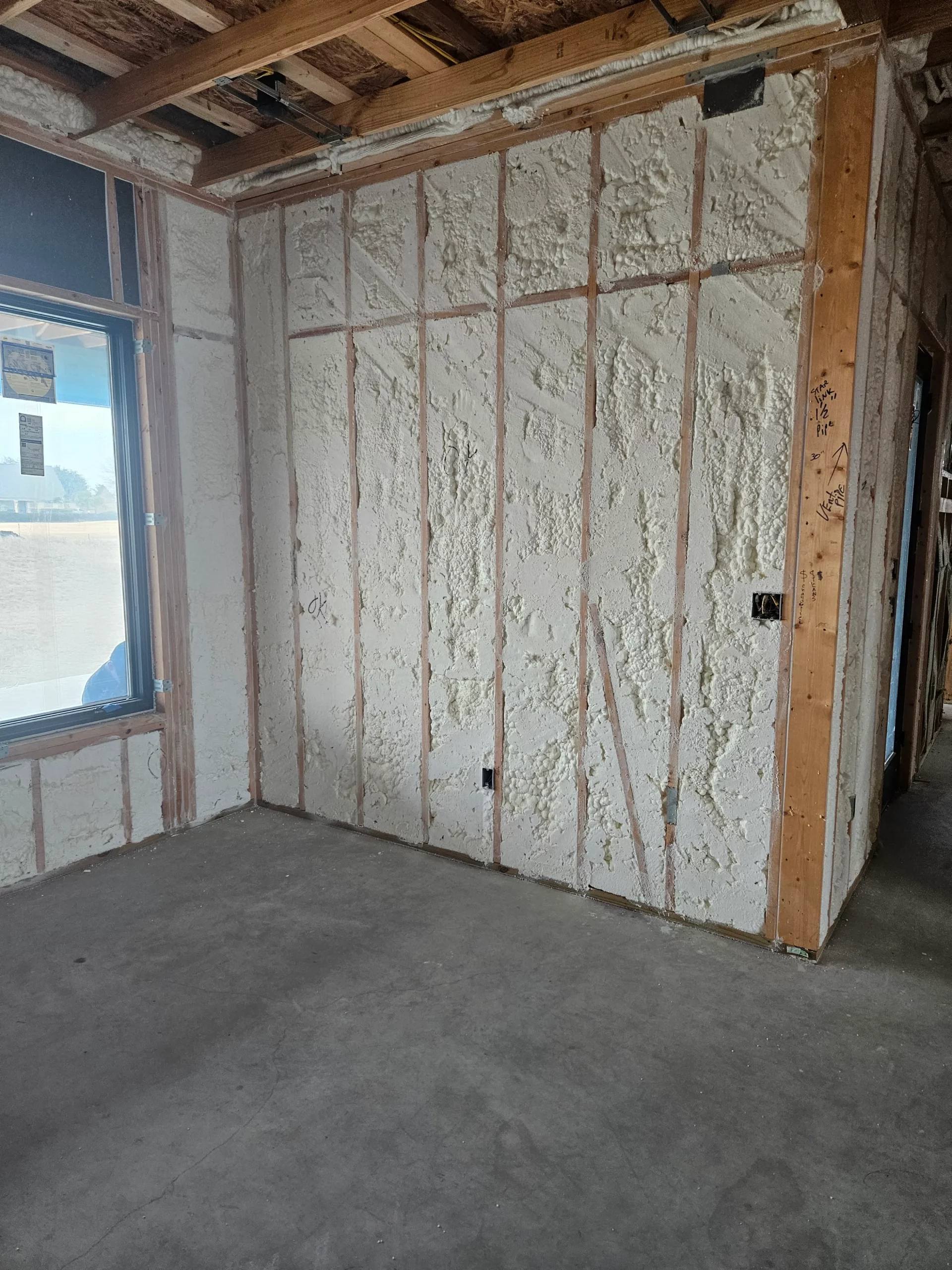
Modern spray foam insulation relies on eco-friendly blowing agents to create its structure while minimizing environmental harm. These agents, such as hydrofluoroolefins (HFOs) and water-based options, expand the foam mixture into a seamless barrier that seals homes and buildings. They replace older chemicals like hydrofluorocarbons (HFCs) that contribute to global warming. This shift cuts down the global warming potential (GWP) of insulation products by up to 99%, according to environmental standards.
Readers searching for sustainable home upgrades will find details here on agent types, performance impacts, and selection factors. Spray Foam Tech draws from direct work with installations across various climates to share reliable observations on these materials. This guide builds trust through practical examples and verified data.
To understand these eco-friendly innovations, let’s first explore what blowing agents are and how they’ve evolved.
Blowing agents form the gas that creates bubbles in spray foam insulation, giving it insulating power. Traditional types included chlorofluorocarbons (CFCs), banned in the 1990s for ozone damage. Next came HCFCs and HFCs, which avoid ozone issues but trap heat in the atmosphere.
Eco-friendly alternatives now dominate. HFOs, for instance, break down quickly in the air and have GWPs near zero. Another option uses water, which reacts with chemicals to release carbon dioxide, a gas already in the atmosphere. These choices align with regulations like the EPA’s Significant New Alternatives Policy (SNAP).
Industry moved to greener agents due to international agreements such as the Montreal Protocol and Kigali Amendment. A report from the U.S. Environmental Protection Agency details how HFO-1234ze(E) serves as a low-GWP substitute in rigid foams.
Market growth reflects this change. The global spray foam insulation market reached $8.4 billion in 2022 and projects to hit $12.5 billion by 2030, driven by demand for green building materials, per data from Grand View Research.
Bonus Tip: This market growth underscores the reliability of these agents, as seen in installs where checking for agent stability in high-humidity areas like Texas summers proves crucial. HFO blends hold up better against moisture, preventing foam shrinkage observed in older HFC setups.
These agents influence foam density and adhesion. Closed-cell foams with HFOs offer high R-value per inch, around 6.5 to 7, ideal for attics. Open-cell versions using water-blown methods provide R-3.5 to 4 but excel in sound dampening.
Practical tests show eco-agents maintain thermal resistance over time. In field applications, foams with HFOs show less settling after five years compared to HFC predecessors.
Here’s a comparison table of common blowing agents:
| Agent Type | Examples | GWP | Ozone Impact | Common Use |
|---|---|---|---|---|
| Traditional | HFCs (e.g., HFC-245fa) | 1,000+ | None | Older closed-cell foams |
| Eco-Friendly | HFOs (e.g., HFO-1234ze) | <1 | None | Modern closed-cell insulation |
| Natural | Water/CO2 | 1 | None | Open-cell foams |
This table highlights why newer agents fit current needs without sacrificing effectiveness.
Building on these performance advantages, eco-agents also deliver significant environmental and practical benefits.
Eco-agents reduce carbon footprints in construction. For every 1,000 square feet insulated with HFO foam, emissions drop equivalent to removing one car from roads for a year, based on lifecycle analyses.
In performance, they seal air leaks better in variable climates. Hot regions like the Southwest benefit from their stability, avoiding expansion cracks in extreme heat. Cold areas see consistent insulation without agent migration.
Market fact: Over 70% of new U.S. spray foam products now use low-GWP agents, up from 20% in 2015, according to the Spray Polyurethane Foam Alliance.
Bonus Tip: Pair eco-foams with proper ventilation during curing. In enclosed spaces, this prevents temporary off-gassing, a step learned from early HFO jobs.
Assess building needs first. Closed-cell eco-foam suits moisture-prone basements, while open-cell works for interior walls.
Check local codes. Some states require low-GWP certifications for rebates.
Evaluate long-term costs. Initial price for HFO foams runs 10-15% higher, but energy savings pay back in 3-5 years.
Consider installer training. Agents demand precise mixing to avoid voids.
Review climate fit. In humid zones, select agents with anti-microbial additives to deter mold.
Low GWP and no ozone depletion define it, backed by EPA approvals.
Certified products meet strict VOC limits, ensuring safe homes.
Eco-options add slight upfront expense but lower utility bills over time.
Bonus Tip: Test small areas first. This reveals adhesion issues specific to surfaces like metal roofs.

Professional application ensures even coverage and safety. DIY kits with these agents risk uneven foams that reduce efficiency.
With proper install, they endure 25-50 years, resisting degradation from temperature swings.
Yes, HFO-based foams expand and contract without cracking in temperatures from -20°F to 120°F.
Many meet LEED standards, aiding points for sustainable builds.
Eco-foams provide better air sealing and higher R-values in less space.
Eco-friendly blowing agents like HFOs and water-based systems drive modern spray foam toward sustainability without losing performance. They lower environmental impact and boost energy efficiency. Evaluate site conditions, local rules, and expert input to choose the right option for lasting results.
For questions on selecting blowing agents suited to specific projects, reach out to Spray Foam Tech at (737) 777-9590 or oldworldtx@hotmail.com. Discussions focus on practical fits for homes and buildings, drawing from real installations to inform choices. This step clarifies options without commitment. (78 words)